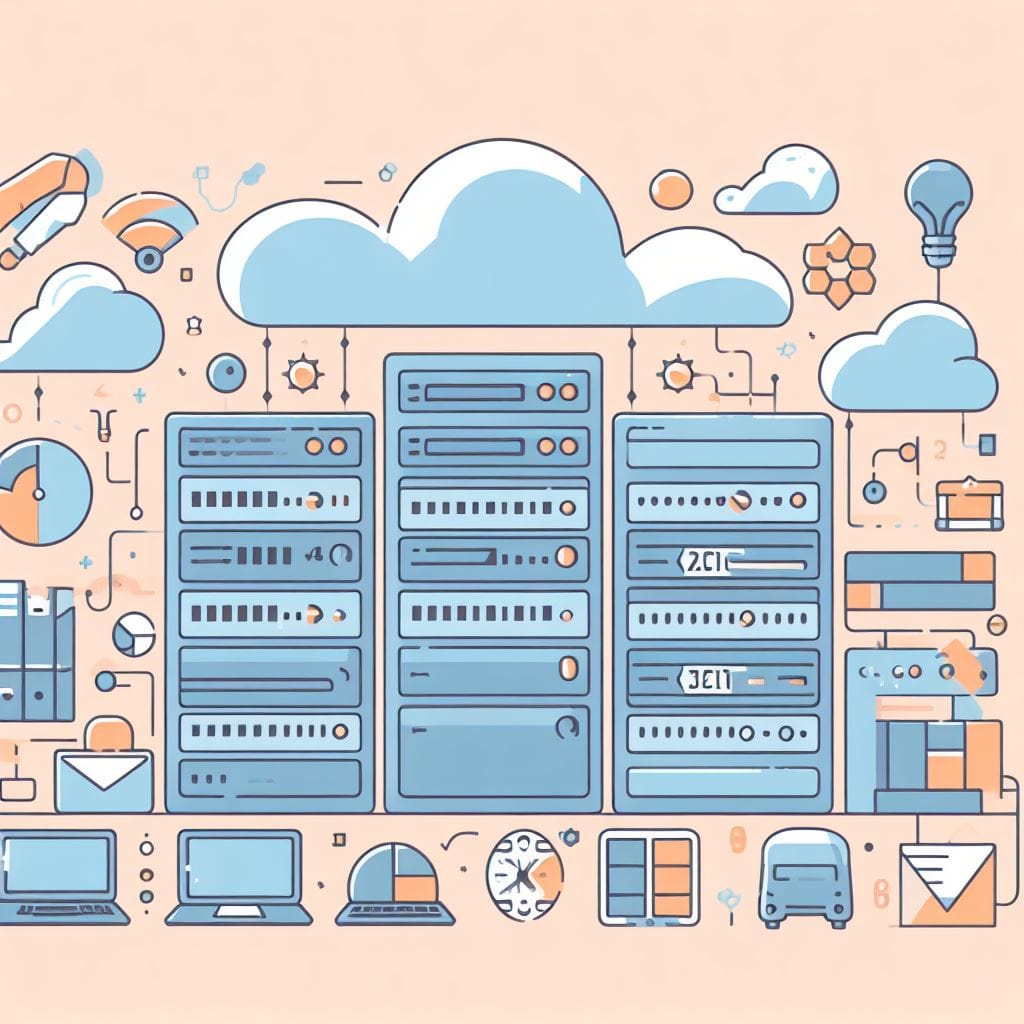The Role of Software-Defined Access (SD-Access) in Enhancing Security Posture on Dedicated Servers

Software-Defined Access (SD-Access) is a network architecture that aims to streamline network operations, enhance security, and provide better scalability. It achieves this by leveraging automation, policy-based management, and virtualization technologies. When applied to dedicated servers, SD-Access plays a crucial role in fortifying the security posture. Here's how:
- Micro-Segmentation:
- SD-Access enables the creation of micro-segments within the network. This means that specific applications or services can be isolated from the rest of the network, limiting the attack surface and minimizing lateral movement in case of a breach.
- Policy Enforcement:
- SD-Access allows for the implementation of granular policies that define who or what can access specific resources. This ensures that only authorized users or applications can interact with dedicated servers, reducing the risk of unauthorized access.
- Dynamic Access Control:
- With SD-Access, policies can be dynamically adjusted based on contextual information such as user identity, device type, location, and more. This ensures that access privileges are always aligned with the current security posture.
- Automated Threat Response:
- SD-Access platforms often come equipped with threat intelligence capabilities. They can automatically detect and respond to suspicious activities or security incidents in real-time, which is crucial in safeguarding dedicated servers.
- Zero Trust Security Model:
- SD-Access operates on a Zero Trust model, which means that no user or system is inherently trusted. Access is only granted after authentication and authorization processes are completed, adding an extra layer of security.
- Encryption and VPN Integration:
- SD-Access solutions often have built-in support for encryption protocols and Virtual Private Networks (VPNs). This ensures that data transmitted between dedicated servers and other network components remains secure and private.
- Centralized Management and Visibility:
- SD-Access provides a centralized management console that offers a holistic view of the network. This allows for better monitoring, auditing, and reporting, which are essential for maintaining a strong security posture.
- Automated Compliance Enforcement:
- SD-Access can enforce compliance with industry and organizational security standards by automatically applying relevant policies and configurations. This reduces the risk of non-compliance-related security incidents.
- Behavioral Analytics:
- Some SD-Access solutions incorporate advanced analytics to monitor user and system behavior. This helps in identifying anomalies or deviations from normal patterns, potentially indicating a security threat.
- Isolation of Vulnerable or Compromised Systems:
- In the event of a security breach, SD-Access can swiftly isolate compromised systems to prevent further spread of the attack, limiting the potential damage.
In summary, Software-Defined Access significantly enhances the security posture of dedicated servers by providing a robust framework for access control, threat detection, and automated response. By implementing SD-Access, organizations can strengthen their overall security strategy and better protect their critical assets.



